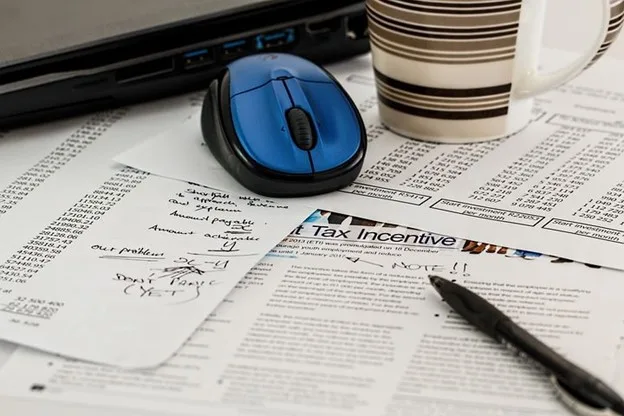No products in the cart.
5 Tips To Prepare for Tax Season in Canada
As a business owner, one of the constant things you must include in your game plan is your taxes. You have to make sure that you’re filing them appropriately. In Canada, the tax return deadline is April 30 of the following year. This means you must file your 2022 tax return by the end of April 2023. Since this date falls on a Sunday, you can file it on May 1, 2023, the next business day.
Although you can’t file your taxes this early, now is the perfect time to prepare for it.
Simple Steps for a Smooth Tax Filing
Here are some tips to make your tax filing as smooth as possible.
1. Know your tax type
Tax type refers to the kind of tax your return belongs to. For example, you have income from investments and capital gains. These taxes would likely fall under a capital gains tax return.
If you receive royalty payments in a business partnership agreement, this might be under an investment or trading activity. They will fall under Schedule C/D for self-employed individuals or Schedule D for small businesses.
Tax types also correspond with which province has jurisdiction over laws regarding individual taxpayers.
The Ottawa Tax Accountant can assist you with the proper assessment and identification of your tax type. Hiring a professional can save you not only time but also money when it comes to tax filing.
2. Choose a tax preparation method
You can prepare your taxes in different ways. You can sit with a tax preparer to guide you through the process. They can advise which filing methods are best for your situation, including saving money on taxes.
Suppose time is limited, or you’re pressed for cash. In that case, you may use tax filing software approved by the Canada Revenue Agency (CRA).
Finally, and perhaps most importantly, do your tax filing correctly no matter what method you choose. Otherwise, you can lose any potential savings.
3. Prepare your tax records
You will want to keep your records organized and safe. Create a folder or box in which to store your tax documents. This is often called a “tax archive.” Make sure it’s easily accessible by authorized personnel only.
After this, organize your records. Each year’s return should go into one folder, while all other related documents go into another box. If multiple people work together on their taxes, each person will have their own folders. This method makes it easier to find everything needed without having any overlap between individual items from different people.
4. Determine tax credits
The dollar-for-dollar deduction in your tax liabilities refers to your tax credits. They can be non-refundable or refundable, depending on the type of credit you’re claiming.
Refundable tax credits reduce your total income taxes and apply to federal and provincial taxes. If you’re eligible, these credits will be credited to you. You can receive a series of payments from the federal or provincial government.
5. Claim tax deduction
A tax deduction is a way to reduce your taxable income. It’s money you can claim on your federal and provincial returns, but it won’t appear in your bank account.
Claiming a tax-deductible is possible if you have an expense eligible for one. This may include payments for vehicle registration fees or property taxes. You’ll need receipts for these expenses and the proper documentation to show they were related to work-related activities.
Take the Next Step
After filing your tax return, the next step is the CRA tax assessment. After the tax filing, you will receive the CRA notice of assessment (NOA), an evaluation of your tax return. This will give you all the details you need to know about your tax payments, including payments, refunds, and credits.
Follow these tips and gear up for the coming tax season.






